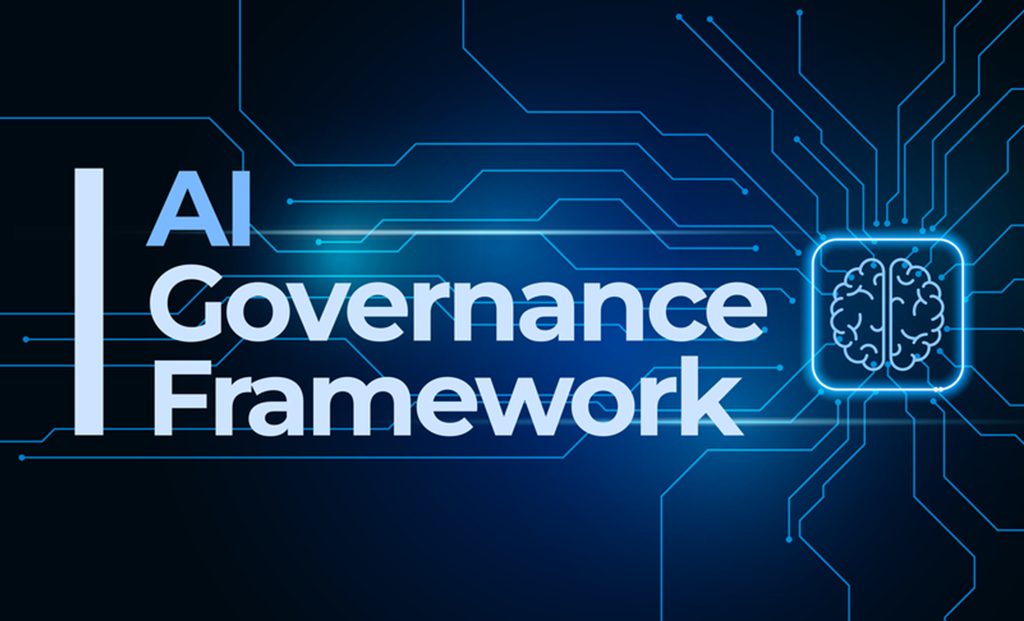Information governance has been a cornerstone of successful businesses for years, ensuring the efficient and effective use of data to realize organizational objectives. Central to this approach is an information governance framework, a strategy that guides how businesses manage their critical data. This blog post will explain the definition of this framework and provide real-world examples to illustrate its importance.
What is an Information Governance Framework?
An information governance framework is a comprehensive set of guidelines that dictates the creation, valuation, use, sharing, storage, archiving, and deletion of data. By recognizing information as a strategic asset, this framework requires high-level coordination and oversight to ensure the integrity, preservation, and protection of enterprise-wide data.
Why is Information Governance Important?
- Actionable, Manageable Data: A structured approach allows businesses to sift through the vast amount of data they possess, extracting valuable insights and ensuring it remains safe throughout its lifecycle.
- Support Business Objectives: By tailoring data management strategies to business goals, companies can align their resources and culture more effectively.
- Enhanced Productivity: With streamlined data management, employees can collaborate seamlessly, accessing real-time data versions for better decision-making.
- Regulatory Compliance: Staying on top of compliance requirements minimizes risks such as penalties, prosecution, and reputation loss.
- Improved Data Analytics: A well-structured framework guarantees faster and more efficient access to necessary data.
Information Governance vs Data Governance
While the terms might be used interchangeably, they have distinct meanings:
Information Governance:
- Encompasses a broad range of activities covering all aspects of data within the organization.
- Driven by business, legal, and compliance requirements.
- Components include categorization, records management, secure removal, eDiscovery, and data governance.
Data Governance:
- Concentrates on the storage, transfer, and integrity of data assets.
- IT-driven and concerns data lineage, security, loss prevention, and master data management.
In essence, data governance is a subset of information governance. Collaboration between the two ensures optimal data and information management.
Creating an Information Governance Framework: Key Components
Definition of Scope: The framework must clearly outline its range, detailing who it covers and the procedures for sharing information both inside and outside the organization.
Roles and Responsibilities: From the Information Governance Committee to the Records Manager, each role must be clearly defined. For instance:
- The Information Governance Committee might consist of key executives, meeting regularly to provide oversight.
- An Information Governance Team could handle the coordination and operational management of projects, ensuring compliance and security.
- Some organizations use Data Stewards, representatives from different departments or groups who have an existing function but act as a conduit for the program.
Information Risk Management: Critical to any framework is managing the risks associated with data. This involves establishing risk owners, audit processes, and mitigation strategies to balance the costs and benefits of information use.
Information Asset Management: This involves defining all information assets and setting out guidelines for their handling, including security strategies and ownership responsibilities.
Records Management: A significant part of governance, this defines the range of information under the Records Manager’s purview, detailing their role in classification, retention, compliance, and more.
Employees and Line-of-Business Managers: Staff must be aware of their roles in implementing and adhering to the governance framework. This includes understanding and complying with practices, ensuring information security, and undergoing necessary training.
Information Policies: These are the foundational rules that underpin the framework, ranging from data privacy policies to archiving and remote working policies.
Information Procedures: Detailing how organizations work with data, these procedures can cover everything from legal compliance and collaboration to data disposal.
Working with Third Parties: With an increasing amount of business data being stored externally, it’s vital to establish protocols for sharing and managing data with partners, suppliers, and other stakeholders.
Disaster Recovery and Business Continuity: In case of unforeseen data losses or breaches, frameworks should incorporate strategies for backup, recovery, and business continuity.
Auditing, Measurement, and Review: To ensure continuous improvement, there should be regular monitoring of data access, regulatory compliance, and overall framework effectiveness.
An information governance framework isn’t just a set of guidelines, but the backbone of how modern organizations handle their most valuable asset: data. With a robust framework, businesses can ensure that their data is not only protected but also leveraged most effectively to achieve their goals.

